Teaser
October 22-24, 2024
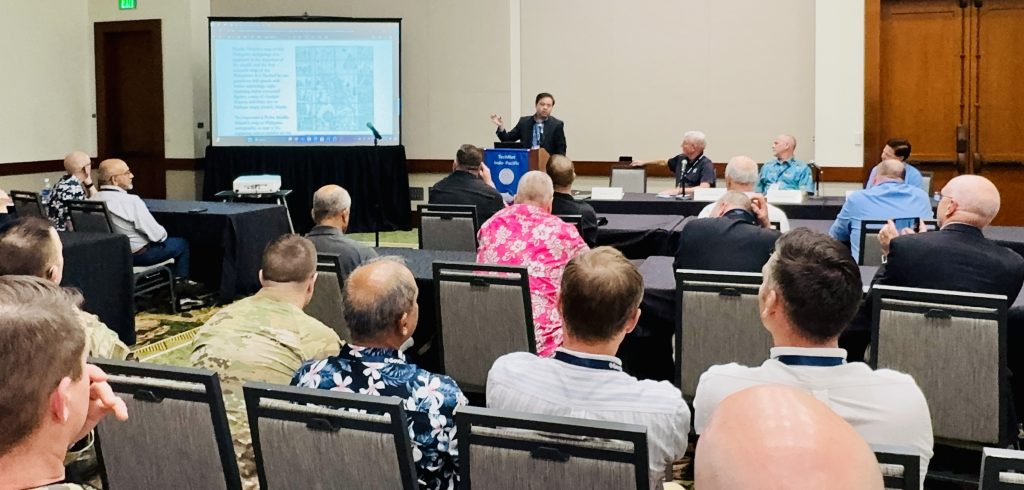
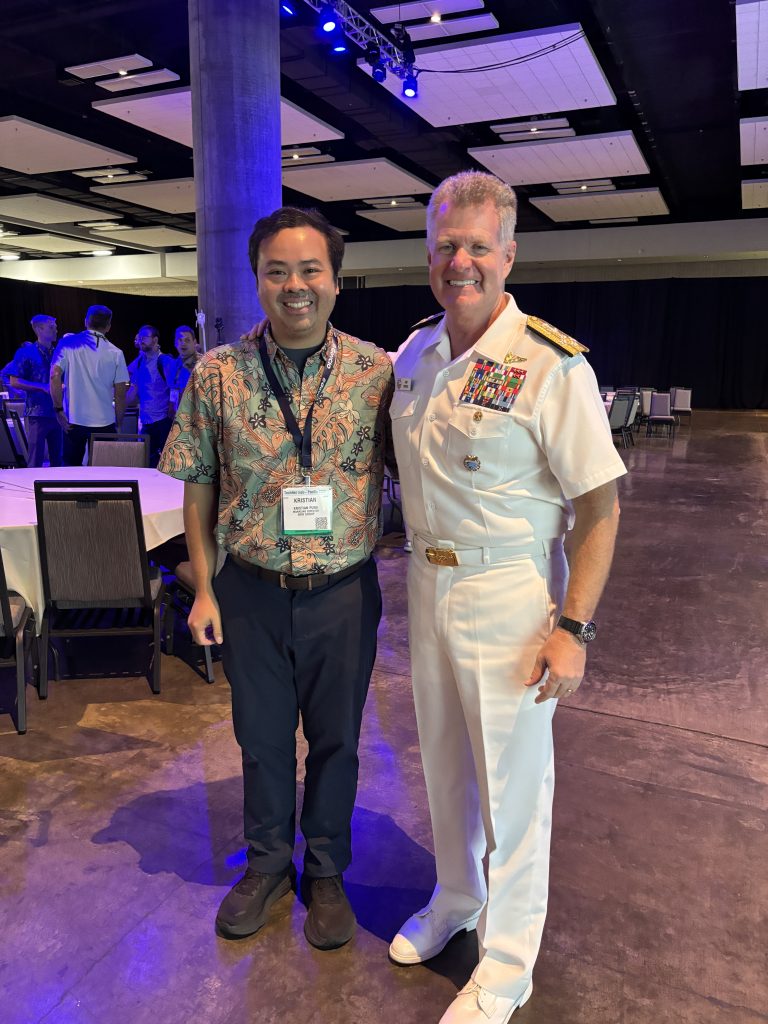
To symbolize the Philippines’ commitment to regional stability and the rule of law, Pura presented a replica of the Murillo Velarde Map, an artifact from 1734 that played a critical role in the Philippines’ 2016 legal victory against China in the West Philippine Sea dispute. “This map is more than just a historical artifact; it’s a symbol of our sovereignty, our commitment to the rule of law, and the shared values that connect the Philippines with its allies. We are a small nation, but we stand ready to defend our territory—with the support of allies like the United States,” he said, as he distributed limited copies of the map to attendees as a token of solidarity.
This conference underscored the crucial role of trusted connectivity in the Indo-Pacific, reinforcing NOW Group’s commitment to building resilient, secure infrastructure and strengthening alliances to protect the region’s future stability.
Being Mindful: Digital Security Tips Everyone Should Know
Posting from a restaurant or tagging your location while on vacation—it’s fun to keep friends and family updated on your activities and whereabouts. It might seem harmless, but sharing your location in real time can put you at risk, as it makes it easier for people with bad intentions to track your movements, know when you’re not home, or plan activities that could jeopardize your safety.
This was one of the pointers shared

Join the Alliance
We value your interest in joining us. Whether you have questions about our services, need support, or are interested in learning more about our strategic partnerships, we are here to assist you.
For New Inquiries:
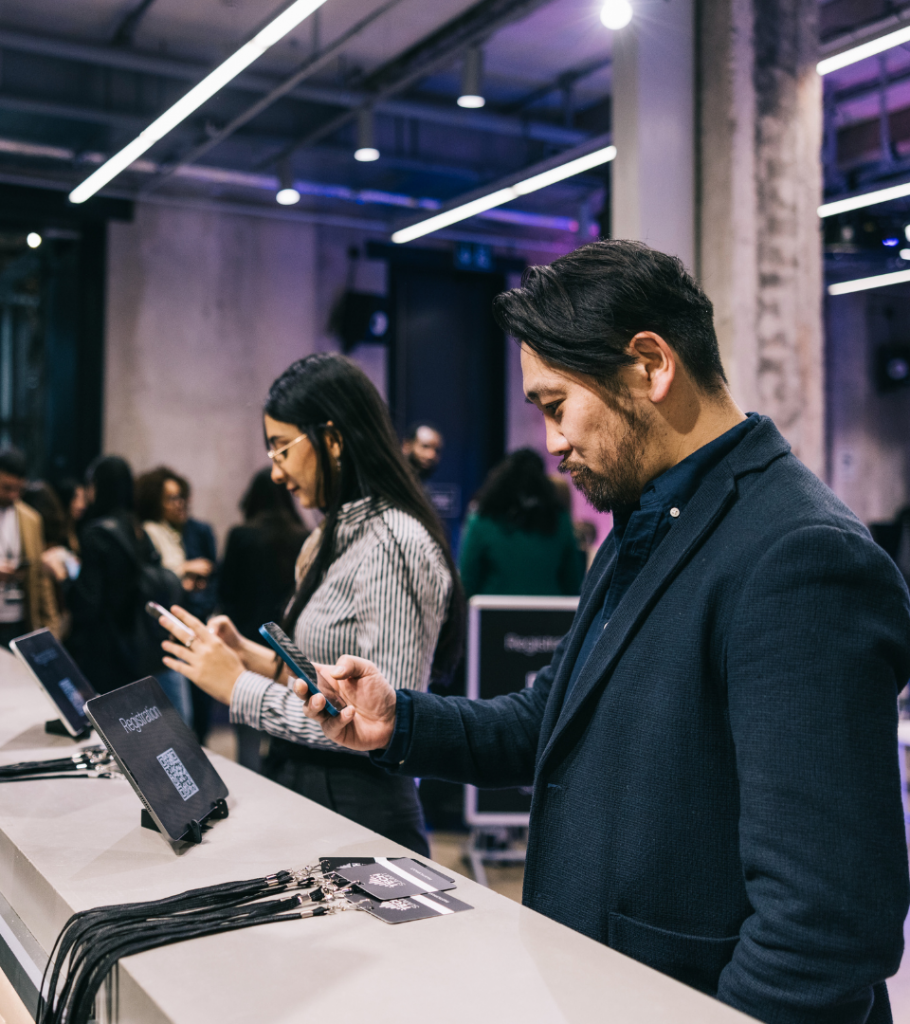
The Role of AI in Enhancing Fact-Checking Efficiency
Back in 2022, the Philippines earned the rather daunting title of “patient zero” in the global fight against disinformation. This was largely due to the country’s struggle with misinformation and the growing concern about how generative AI could be used to spread false information.
In the past year, there’s been a notable shift…

Join the Alliance
We value your interest in joining us. Whether you have questions about our services, need support, or are interested in learning more about our strategic partnerships, we are here to assist you.
For New Inquiries:

Happened: August 21, 2024 – Wednesday
Time: 10:00 AM – 11:30 AM
- Defining Trusted Devices
- Introduction to Unified Connectivity
- Introduction to Zero Trust Security
- Key Components of a Zero Trust Architecture
- Developing a Zero Trust Solution Roadmap for Users and Devices
- Real-World Applications and Case Studies
Hosted By:

Joseph John Yuzon

Adan Flloyd Quitiol
Defining Trusted Devices:
Trusted devices refer to those authenticated and authorized to access specific network resources. These devices meet strict security standards, ensuring they are safe from unauthorized access or malware.
Introduction to Unified Connectivity:
Unified connectivity aims to seamlessly integrate various networks and devices, providing consistent, secure access across all platforms. It ensures that users can connect to necessary resources without compromising security.
Introduction to Zero Trust Security:
Zero Trust Security is a model that assumes no device or user, inside or outside the network, is trusted by default. Every access request is verified continuously to prevent unauthorized access.
Key Components of a Zero Trust Architecture:
- Continuous Authentication: Constantly verifying the identity of users and devices.
- Microsegmentation: Dividing the network into smaller, isolated segments to limit access.
- Least Privilege Access: Granting users the minimal level of access necessary for their tasks.
- Visibility and Analytics: Monitoring all network traffic to detect and respond to threats.
Developing a Zero Trust Solution Roadmap for Users and Devices:
- Assessment: Identify current security gaps and assess the network’s readiness for Zero Trust.
- Planning: Develop a step-by-step plan to implement Zero Trust principles across the network.
- Implementation: Gradually integrate Zero Trust policies, starting with the most critical areas.
- Ongoing Management: Continuously monitor and adjust the Zero Trust framework as the network evolves.
Real-World Applications and Case Studies:
Real-world examples demonstrate the effectiveness of Zero Trust in various industries, highlighting successful implementations and lessons learned. These case studies provide insights into how organizations have improved security and reduced breaches through Zero Trust.
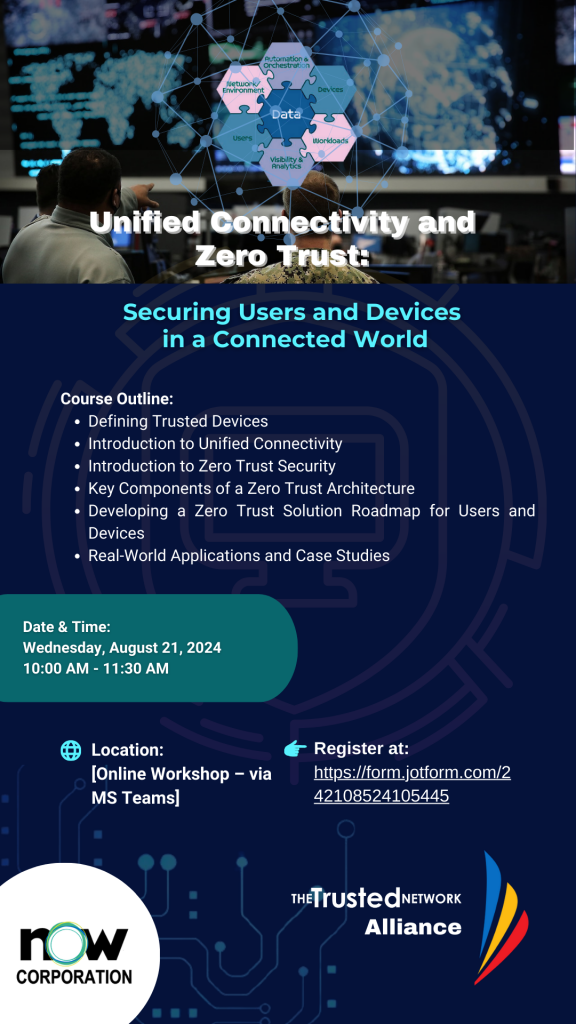
Join the Alliance
We value your interest in joining us. Whether you have questions about our services, need support, or are interested in learning more about our strategic partnerships, we are here to assist you.
For New Inquiries:

Teaser
Ms. Diane Rinaldo is the Executive Director of the Open RAN Policy Coalition, where she leads efforts to promote policies advancing the adoption of open and interoperable solutions in the Radio Access Network (RAN), fostering innovation, competition, and a diverse supply chain for wireless technologies like 5G. Previously, she served as the Acting Administrator of the National Telecommunications and Information Administration (NTIA) and Acting Assistant Secretary of Commerce for Communications and Information during the administration of President Donald Trump , directing initiatives on privacy, advising the White House and Congress on 5G and supply chain security, and testifying before Congress on Internet security issues.
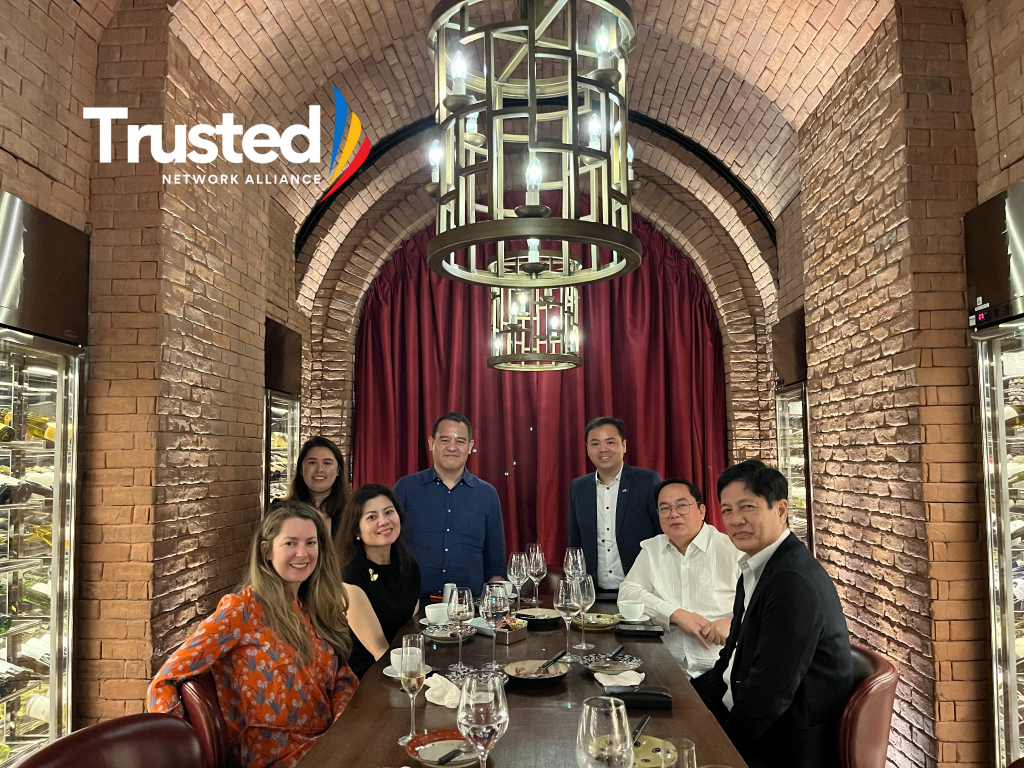

Photo taken last 2023